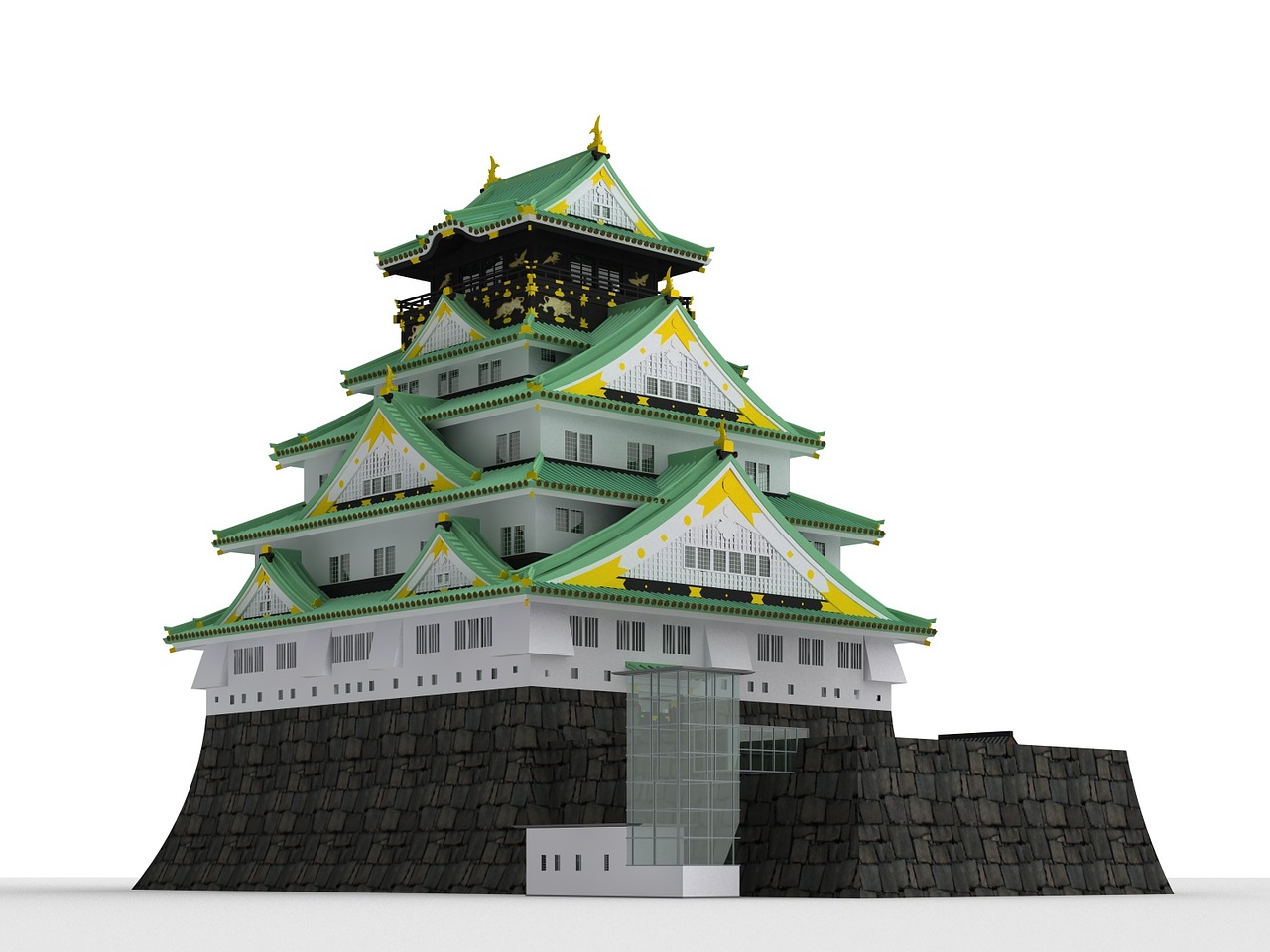Nara, the first permanent capital of Japan, nestled in the Kansai region, holds a special place in the heart of Japan’s history and culture. Unlike Tokyo’s modern sprawl or Kyoto’s well-trodden temples, Nara offers a more serene and intimate experience. Its streets and parks are alive with the whispers of a bygone era, making it an essential destination for those seeking to delve into the rich tapestry of Japanese history.
The Heart of Nara: Todai-ji Temple and the Great Buddha
Todai-ji Temple, a UNESCO World Heritage Site, is a cornerstone of Nara’s historical and cultural significance. The temple, constructed in 752 AD, is a marvel of ancient Japanese architecture. It is renowned for housing the Great Buddha, a colossal bronze statue, representing a significant artistic and spiritual achievement of the period. The Great Buddha, or Daibutsu, symbolizes Nara’s enduring spiritual and cultural influence. The temple complex, with its expansive grounds and subsidiary buildings, provides a profound sense of historical continuity, linking present-day visitors with the devotees and artisans of ancient Japan.
Nara Deer Park: Where Nature and Legend Converge
In the verdant expanses of Nara Deer Park, visitors find themselves amidst hundreds of freely roaming deer, considered in Shinto to be messengers of the gods. This harmonious blend of natural beauty and spiritual symbolism makes the park a uniquely enchanting place. The experience is interactive, with opportunities to feed the deer and observe their gentle behavior up close. The park’s lush scenery offers a peaceful escape, a place where nature and mythology intertwine.
Festivals of Nara: Celebrating History and Community
Nara is not just about its static historical sites; it is equally alive with vibrant festivals that embody the spirit of the community and its connection to history. One of the most enchanting is the Nara Tokae, where thousands of candles light up the city, including its parks, temples, and historical buildings, creating an ethereal atmosphere that beautifully blends tradition with the present.
Culinary Journey Through Nara
Nara’s cuisine is a delightful exploration of local flavors and traditional cooking methods. The city is known for its unique dishes, such as Narazuke, vegetables pickled in sake lees, and Kakinoha-zushi, sushi wrapped in persimmon leaves. These specialties offer a taste of Nara’s culinary heritage, with each dish telling a story of the region’s history and natural bounty.
Artistic and Historical Insights: Nara National Museum
The Nara National Museum is a treasure trove for those interested in Japan’s artistic and religious history. It hosts an extensive collection of Buddhist art, offering visitors a deep dive into the religious iconography and artistic traditions that have shaped Japanese culture. The museum’s exhibits provide context and depth to the understanding of Nara’s historical significance.
Engaging with Traditional Crafts
- Calligraphy Workshops: Engage in the art of Japanese calligraphy, learning from local artisans.
- Pottery Making: Try your hand at pottery, a craft that has long been a part of Nara’s artistic heritage.
- Cultural Immersion: These hands-on experiences offer a unique way to connect with Japan’s artistic past and present.
Travel Tips for Nara
When planning a visit to Nara, it’s important to consider a few practical aspects:
- Footwear: Comfortable walking shoes are a must, as the best way to explore Nara is on foot.
- Accessibility: Nara is conveniently accessible via train from major cities like Kyoto and Osaka.
- Accommodations: From traditional ryokans to contemporary hotels, Nara offers a range of lodging options to suit various preferences.
Nara, as a destination, offers a profound journey through Japan’s ancient history, enriched by its natural beauty, cultural festivals, unique cuisine, and opportunities for artistic engagement. It’s a city where the past is not just remembered; it’s vividly alive, inviting visitors to not only witness but also participate in its enduring legacy



